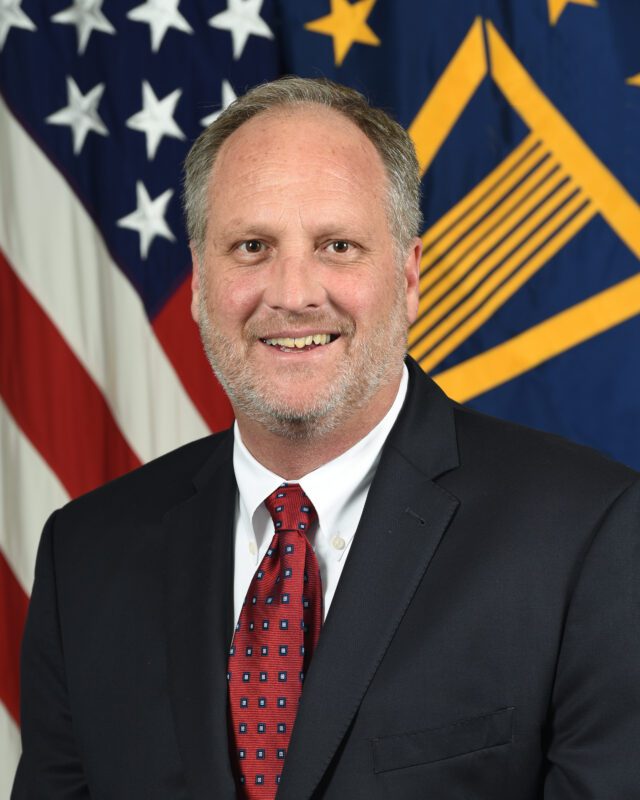
The finalists for WashingtonExec’s Pinnacle Awards were announced Oct. 13, and we’ll be highlighting some of them until the event takes place virtually Dec. 8.
Next is Healthcare Government Executive of the Year finalist William Tinston, who’s director of the Federal Electronic Health Record Modernization office. Here, he talks key achievements, focus areas going forward, turning points in his career and more.
What key achievements did you have in 2020/2021?
When I joined the Federal Electronic Health Record Modernization office in August 2020, I was charged with implementing a single, common federal electronic health record to modernize and streamline the health care experience for more than 28 million service members, veterans and other beneficiaries, 472,000 providers, alongside a diverse military, civilian and contractor workforce.
Today, the FEHRM’s mission is becoming a reality with more than 65,000 federal EHR users (i.e., clinicians, nurses and administrators) at 47 Department of Defense commands, two Department of Veterans Affairs sites and 109 Coast Guard sites.
Because of this success, we are now able to explore opportunities to capitalize the investment taxpayers made in the common record so that we can share this technology with federal organizations that could not implement this on their own. The possibilities are endless as we continue to collaborate with our partners to transform health care together.
What are you most proud of having been a part of in your current organization?
I am proudest of the focus of the FEHRM, DOD and VA teams on improving health care for the beneficiaries of the systems we support. Every decision and discussion is underpinned by “how do we help the patient?”
This is exemplified by the work that has gone into establishing the joint health information exchange, which is an enhanced network of community providers who agreed to securely share clinical information with the DOD, VA and Coast Guard providers. This gives providers access to more information about their patients to make the best care decisions and deliver seamless, whole-person health solutions.
What are your primary focus areas going forward, and why are those so important to the future of the nation?
My primary focus is taking IT out of the consideration for how the federal health care enterprise can work together. To accomplish this, we need a single operator model of a converged solution.
A perfect example of this is our work at the Captain James A. Lovell Federal Health Care Center in North Chicago. It’s about getting the right data to the right person at the right time to make informed health care decisions.
What’s your best career advice for those who want to follow in your footsteps?
Do something, and whatever you do, do your absolute best at it. This will lead to opportunities you never imagined.
What was a turning point or inflection point in your career?
Every inflection point I have had was because I said “yes.” The first of which opened the door to the IT world when I said, “Yes I will figure out how to manage the network,” when I worked at a Navy print shop in San Diego.

